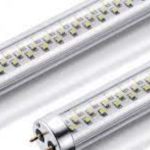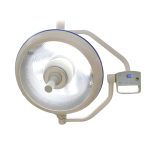LED Light Color Guide: Understanding the Colors of LED Lights
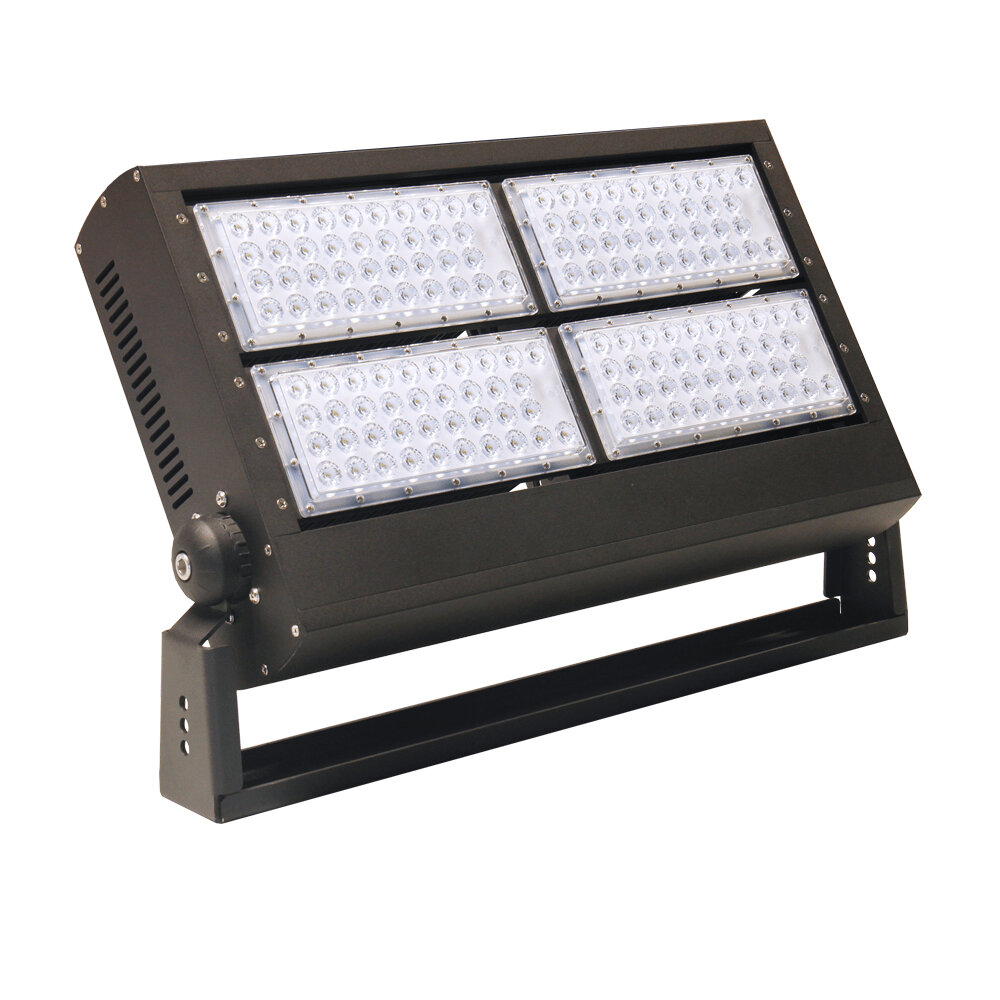
In recent years, LED lights have become increasingly popular due to their energy efficiency, long lifespan, and versatility. They are used in a wide range of applications, including lighting for homes, offices, and commercial buildings, as well as for automotive, outdoor, and decorative lighting. One of the unique features of LED lights is that they come in a variety of colors, each with its own distinct characteristics and benefits. Understanding the colors of LED lights can be helpful in choosing the right lighting for your specific needs. Whether you’re looking for warm, cozy lighting for your living room or bright, cool lighting for your workspace, there is an LED light color that can meet your requirements. In this LED light color guide, we’ll take a closer look at the different colors of LED lights, their properties, and how they can be used to create different moods and atmospheres.
What are LED Lights and How Do They Work

LED lights, also known as Light Emitting Diodes, are a type of lighting technology that has become increasingly popular in recent years. These lights are made up of tiny semiconductor chips that produce light when an electrical current is passed through them. Unlike traditional incandescent bulbs, which generate light by heating a filament, LED lights produce light through a process called electroluminescence. This means that they consume far less energy than traditional bulbs, making them more energy-efficient and cost-effective. LED lights come in a variety of colors, from warm white to cool white, blue, green, red, and even multicolored. The color of an LED light is determined by the wavelength of the light it emits. This wavelength is measured in nanometers (nm) and corresponds to a specific color on the visible spectrum. For example, red LED lights have a wavelength of around 620-740 nm, while blue LED lights have a wavelength of around 450-490 nm. By choosing the right color of LED light for your needs, you can create the perfect atmosphere for any space. Whether you’re looking for a warm, inviting glow or a bright, energizing light, LED lights offer a wide range of options to suit your needs.
LED (Light Emitting Diode) lights are lighting devices that utilize a semiconductor to produce light when an electric current passes through it. The semiconductor emits photons of light as electrons move through it, producing a highly efficient and energy-saving source of light. LED lights come in various colors that are determined by the chemical composition of the semiconductor material. The most common colors of LED lights are white, red, green, blue, and yellow. LED lights are known for their durability, long lifespan, and low energy consumption, making them a popular choice for both residential and commercial lighting applications. Additionally, LED lights emit little to no heat, making them safer and more environmentally friendly than traditional incandescent bulbs.
LED lights, or light-emitting diodes, work by passing an electric current through a semiconductor material, which causes the material to release energy in the form of photons. The color of the light emitted by an LED is determined by the material used in the semiconductor. For example, red LEDs are made from aluminum gallium arsenide and emit light at a wavelength of around 620-750 nanometers, while blue LEDs are made from gallium nitride and emit light at a shorter wavelength of around 450-495 nanometers. The energy efficiency and long lifespan of LED lights have made them increasingly popular in recent years, and they are now used in a wide range of applications, from lighting homes and offices to illuminating billboards and traffic signals.
Understanding the Color Spectrum
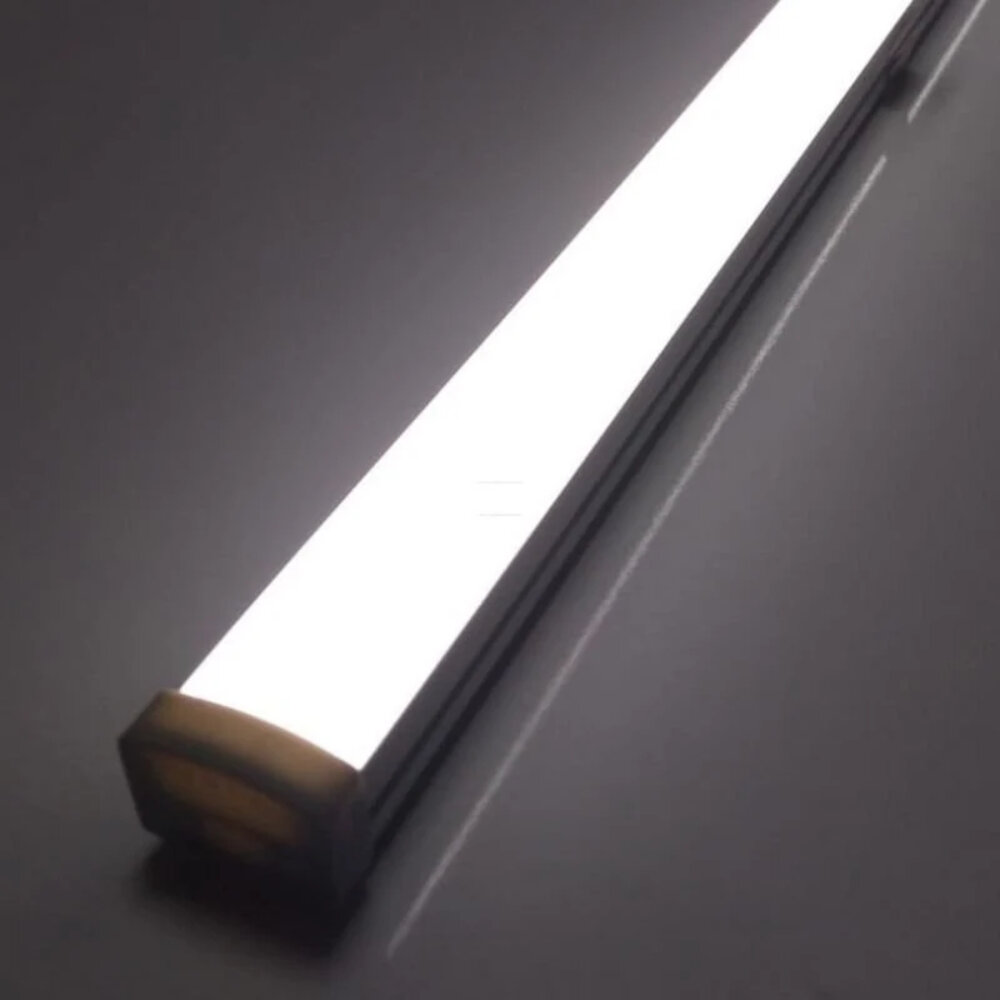
The color spectrum is a range of colors that can be seen by the human eye. It is made up of different wavelengths of light, each with a unique color. Understanding the color spectrum is important when it comes to LED lights because it can help you choose the right color for your needs. The color spectrum is often divided into different categories such as red, orange, yellow, green, blue, indigo, and violet. These colors can be combined to create different shades and hues. One of the most important things to understand about the color spectrum is color temperature. This refers to the warmth or coolness of a light source. A warm light has a yellow or orange tone, while a cool light has a blue or white tone. Understanding color temperature is important because it can affect the mood and ambiance of a room. For example, a warm light might be more suitable for a cozy living room, while a cool light might be better for a bright and modern kitchen. By understanding the color spectrum and color temperature, you can choose LED lights that will enhance the look and feel of your space.
Light is a form of energy that travels in waves and is visible to the human eye. The colors of light are determined by the wavelengths of these waves, with shorter wavelengths appearing as blue or violet and longer wavelengths appearing as red or orange. The visible spectrum of light includes all the colors of the rainbow, from red to violet. However, when it comes to LED lights, there are actually many more colors available than just those in the visible spectrum. This is because LED lights work by combining different colors of light to create a wide range of hues. By understanding the science behind light and color, you can make informed decisions when choosing LED lights for your home or business.
The color spectrum is a range of colors that are visible to the human eye. It is made up of different wavelengths of light that produce different colors. The visible spectrum includes colors like red, orange, yellow, green, blue, indigo, and violet. Each of these colors has a specific wavelength that determines how it is perceived by the human eye. For example, red light has a longer wavelength than blue light, which makes it appear warmer and less intense. Understanding the color spectrum and wavelengths is important when it comes to LED lights because different colors can have different effects on our mood, productivity, and overall well-being.
Types of LED Light Colors

LED lights come in a variety of colors, each with its own unique characteristics and benefits. Understanding the different types of LED light colors is essential when choosing the right lighting for your needs. The most common LED light colors are warm white, cool white, and daylight. Warm white LED lights emit a yellowish hue that is similar to traditional incandescent bulbs, making them ideal for creating an inviting and cozy atmosphere in homes, restaurants, and hotels. Cool white LED lights, on the other hand, emit a bluish-white light that is ideal for task lighting in kitchens, bathrooms, and workspaces. They are also commonly used in commercial and industrial settings where bright, clear lighting is needed. Daylight LED lights have a color temperature that is similar to natural daylight, making them ideal for use in areas where natural light is limited. They are commonly used in offices, schools, and hospitals where a bright and clear light is necessary for productivity, learning, and healing. Other LED light colors include red, green, blue, and amber, which are commonly used in decorative lighting, signage, and entertainment applications. By understanding the different types of LED light colors, you can choose the right lighting for your needs, whether you’re looking for a cozy and inviting atmosphere or a bright and productive workspace.
Red, orange, and yellow LED lights are part of the warm color spectrum, which is known for its calming and soothing effect. These colors are often used in residential or commercial spaces to create a cozy and inviting atmosphere. Red LED lights are commonly used for accent lighting, while orange LED lights are ideal for creating a warm and inviting ambiance in dining areas or living rooms. Yellow LED lights are great for creating a sunny and cheerful atmosphere in kitchens or bathrooms. Additionally, these colors are popular in outdoor lighting applications, such as landscape lighting or pathway lighting, as they can add a warm and inviting glow to any environment.
Green and blue LED lights are two of the most popular colors of LED lights available on the market today. Green LED lights are often used to create a calming and relaxing atmosphere, making them ideal for use in bedrooms and other areas where relaxation is desired. Blue LED lights, on the other hand, are known for their stimulating and energizing effects, and are often used in areas where productivity and focus are important, such as home offices and study spaces. Both green and blue LED lights are highly efficient and long-lasting, making them a great choice for anyone looking to save energy and reduce their carbon footprint.
White LED lights are a popular and versatile lighting option that can be used in a variety of settings. They are known for their energy efficiency, long lifespan, and bright, crisp light. Unlike traditional incandescent bulbs, white LED lights do not use a filament to produce light, but instead rely on a semiconductor diode to emit photons. This allows them to produce more light per watt of energy consumed, making them a popular choice for both residential and commercial lighting applications. White LED lights can also be customized to produce different shades of white, from warm and cozy to cool and bright, making them a flexible option for any lighting design.
RGB LED lights are a type of LED lighting that allows users to control the color output of the light. The initials RGB stand for red, green, and blue, which are the three primary colors of light. By varying the intensity of each of these colors, the user can create a wide range of hues, shades, and tones, including white light. RGB LED lights are commonly used in interior and exterior lighting applications, such as decorative lighting, entertainment lighting, and architectural lighting. They are also popular in gaming setups and home theaters, where users can customize the lighting to create ambiance and enhance the overall experience. With their versatility and flexibility, RGB LED lights have become a popular choice for anyone looking to add a touch of color to their space.
Choosing the Right LED Light Color

When it comes to choosing the right LED light color, there are several factors to consider. One of the most important is the purpose of the lighting. For example, if you’re looking for lighting that will help you relax and unwind, warm white or soft white LEDs are often the best choice. These colors have a yellowish or reddish hue, which creates a cozy and inviting atmosphere. On the other hand, if you need lighting for tasks that require high levels of concentration, such as reading or working on a computer, cool white or daylight LEDs are often the best option. These colors have a bluish or greenish tint, which helps to stimulate the brain and improve focus. Another important factor to consider when choosing LED light color is the color temperature. This is measured in Kelvin (K) and refers to the warmth or coolness of the light. Lower Kelvin temperatures (2700K-3000K) produce a warm, yellowish light that is similar to traditional incandescent bulbs. Higher Kelvin temperatures (5000K-6500K) produce a cool, bluish light that is similar to daylight. It’s important to choose a color temperature that is appropriate for the room or space where the lighting will be used. For example, warm white LEDs are often used in living rooms and bedrooms, while cool white LEDs are often used in kitchens, bathrooms, and workspaces.
When choosing LED light colors, there are several factors to consider. First and foremost, the intended use of the lights should be taken into account. Different colors of LED lights have varying effects on mood, productivity, and visual appeal. For example, warm white LED lights create a cozy and inviting atmosphere, making them ideal for use in living rooms or bedrooms. On the other hand, cool white LED lights are often used in workspaces or kitchens because they provide a bright and energizing light. It is also important to consider the color temperature of the LED lights, as this can greatly affect the ambiance of a room. Lastly, the overall aesthetic of the space should be considered when choosing LED light colors, as some colors may clash with the existing decor or color scheme.
LED lights have become increasingly popular for their energy efficiency and long lifespan. They are being used in a variety of applications, from household lighting to streetlights and automotive lighting. One important aspect of LED lights is the color selection. Different colors can create different moods and atmospheres, and can be used for different purposes. For example, warm white LED lights are often used in living spaces for a cozy and inviting feeling, while cool white LED lights are ideal for task lighting in workspaces. Additionally, colored LED lights can be used for decorative purposes, such as in entertainment venues or for holiday lighting. Understanding the different colors of LED lights and their applications can help individuals and businesses make informed decisions when selecting the right lighting for their needs.
The article titled \LED Light Color Guide: Understanding the Colors of LED Lights\ offers valuable insight into the various colors of LED lights and their uses. The key points emphasized in the article include an explanation of the color temperature scale, the differences between warm and cool colors, and the importance of choosing the right color for specific applications. The article also highlights the impact of color on human emotions and how it can affect productivity and creativity in different settings. Additionally, it provides practical tips on how to use LED light colors in different environments, such as homes, offices, and outdoor spaces. Overall, this article serves as a comprehensive guide to understanding the colors of LED lights and how to use them effectively.
Understanding LED light colors is essential for choosing the right lighting for any space. LED lights come in various colors, each with a specific purpose and effect on the environment. Warm white LED lights create a cozy and relaxing atmosphere, making them perfect for bedrooms and living rooms. Cool white LED lights, on the other hand, provide a bright and energetic ambiance, ideal for workspaces and kitchens. Additionally, colored LED lights can be used to create different moods or highlight specific areas of a room. By understanding LED light colors and their effects, you can create the perfect lighting environment for any space.
Conclusion
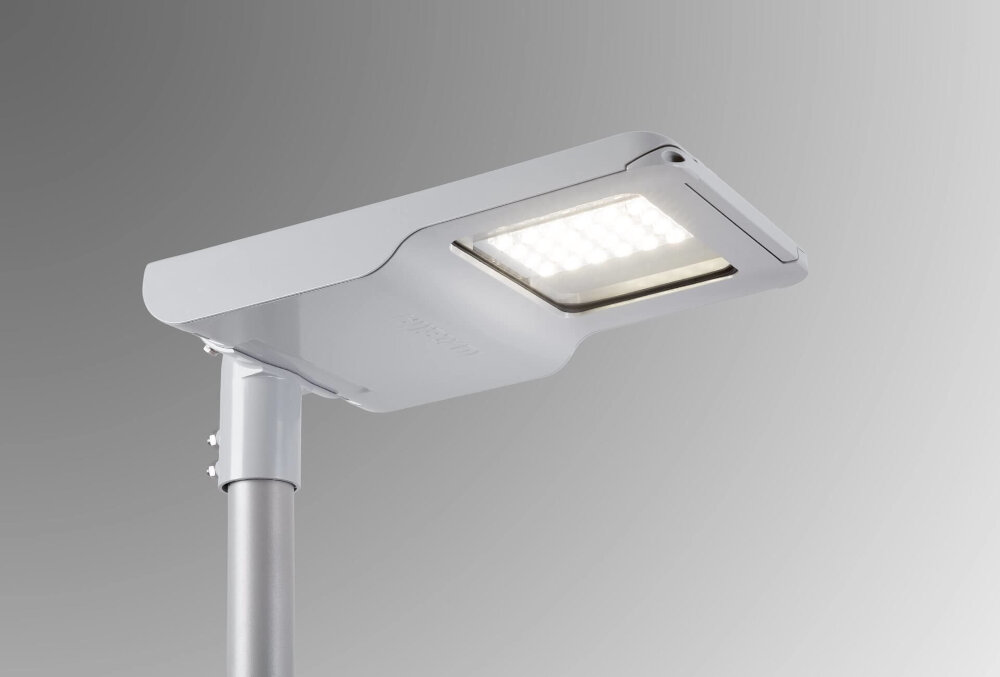
In conclusion, understanding the colors of LED lights is essential for choosing the right lighting solutions for your needs. With the vast range of colors available, each with its unique properties and benefits, it’s important to consider factors such as color temperature, brightness, and energy efficiency when selecting an LED light. Whether you’re looking for warm and cozy lighting for your home or bright, efficient lighting for your workplace, there’s an LED light color that will suit your requirements. By being aware of the different colors of LED lights and their respective characteristics, you can make informed decisions and enjoy the full benefits of this innovative and eco-friendly lighting technology.


